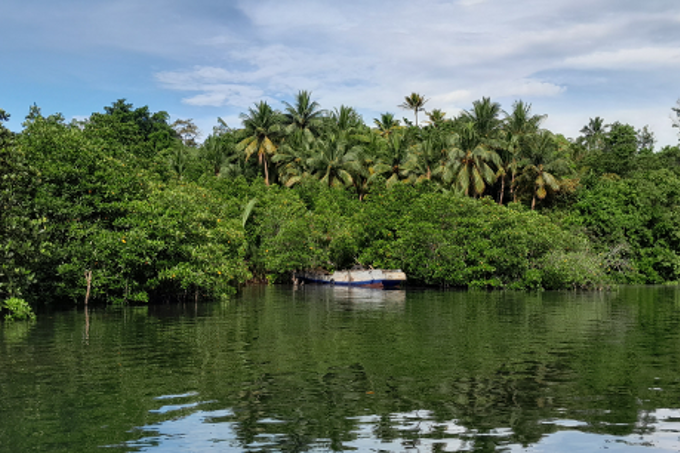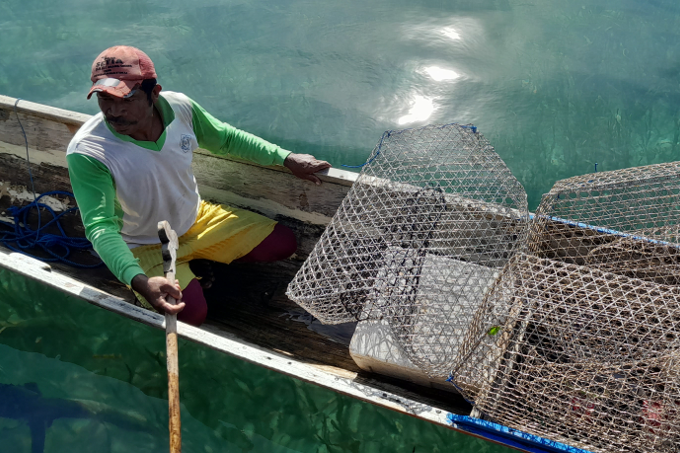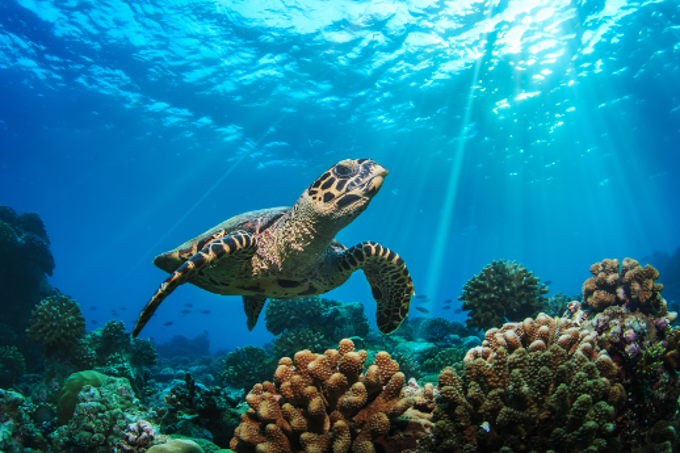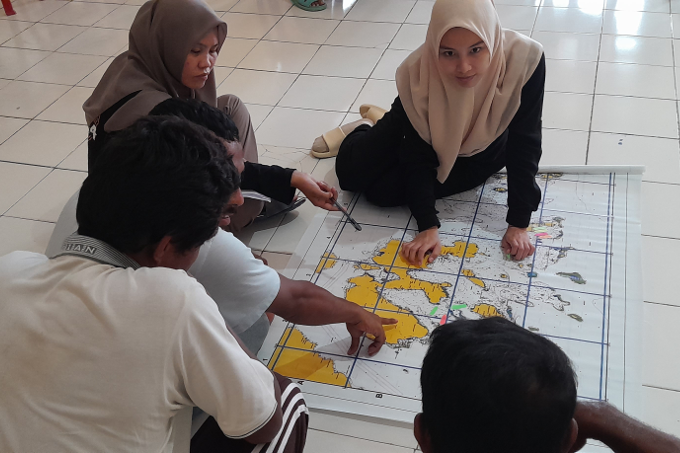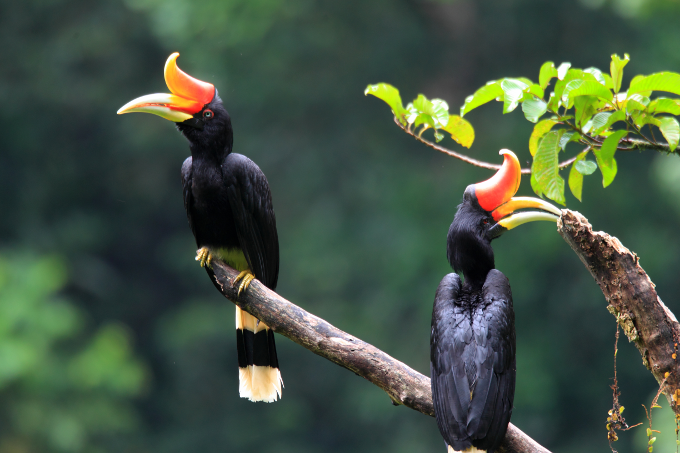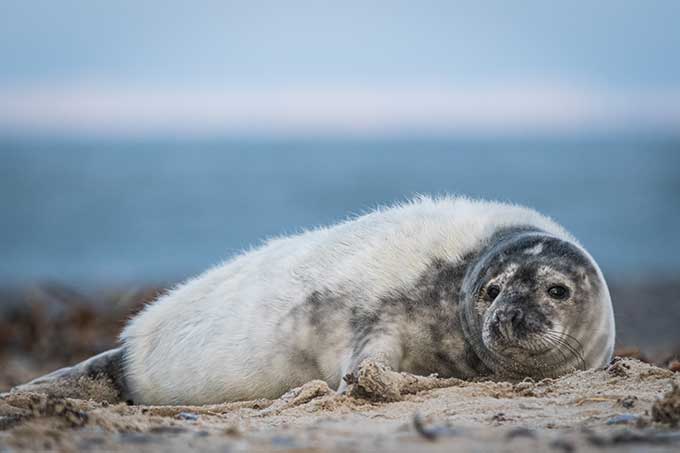Sustainable fisheries management
Securing livelihoods and marine biodiversity in the heart of the Coral Triangle
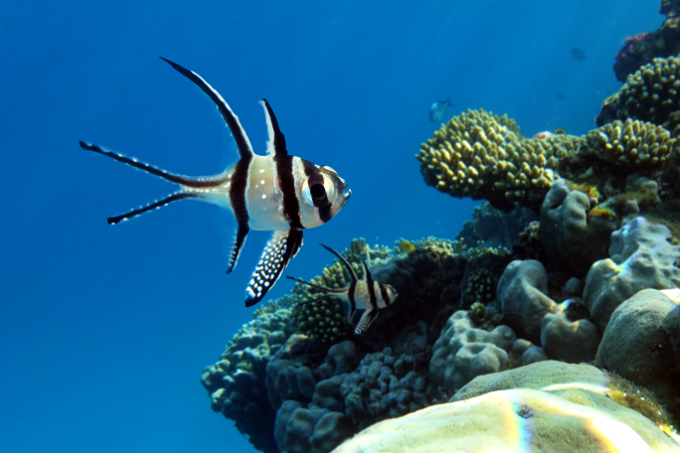
Endangered beauty: the Banggai cardinalfish is endemic to the Banggai Archipelago and threatened by overfishing and habitat loss. - photo: mirecca/ adobe.stock.com
The so-called Coral Triangle of Southeast Asia boasts the highest marine biodiversity on the planet, with approximately 600 species of reef-building corals and 2,000 species of reef fish. At the very heart of it lie the Banggai-Islands – a group of hundreds of islands of various sizes and large areas of coral reefs and seagrass meadows along their coasts. In 2019, Indonesian authorities established the Marine Protected Area (MPA) Banggai Dalaka with over 860,000 hectares in size to protect the outstanding biodiversity of the area and safeguard the livelihoods of thousand of small-scale fishermen that depend on healthy marine and coastal ecosystems.
Protected area under pressure
As with most large protected areas in remote places, regular and extensive monitoring and surveillance of the MPA Banggai Dalaka by government authorities is a difficult task. Hence, violations of no-take zones and the use of detrimental fishing practices like dynamite and poison fishing are still common in the area. The depletion of some fish stocks due to overfishing by industrial fishing fleets and the consequences by climate change and ocean acidification pose further risks to species, ecosystems and livelihoods.
Safeguarding livelihoods and marine biodiversity
Together with our local partner Burung Indonesia, we support coastal communities of the Banggai Islands to secure and improve their livelihoods and economic prospects through sustainbale fishing practices in the long term. Special emphasis will be given to capacity building and organizational development for local stakeholders to set up, produce, and market new products and services based on marine resources. At the same time, we assisst with developing local governance agreements to manage the natural resources in line with the provisions and zoning of the Marine Protected Area Banggai Dalaka. This includes cooperations with government authorities to improve monitoring and surveillance of the area.
-
The livelihoods of thousands of small-scale fishermen depend on the intactness of the marine and coastal ecosystems. - photo: Andi Faisal Alwi/ Burung Indonesia
-
The Coral Triangle boasts the highest marine biodiversity on the planet: for example, six of the seven species of sea turtles live here. - photo: willyam/ adobe.stock.com
-
The project covers the five coastal communities of Tangkop, Okumel, Mamulusan, Tomboniki and Kinandal. - photo: Andi Faisal Alwi/ Burung Indonesia
-
Concepts for sustainable fisheries management are developed together with the coastal communities. - photo: Andi Faisal Alwi/ Burung Indonesia
Project facts
Project title
Sustainable fisheries management in the heart of the Coral Triangle
Country/Region
Indonesia, Central Sulawesi, Banggai Islands
Period
August 2022 to January 2026
Partners
Burung Indonesia
Sponsored by / Supported by
German Federal Ministry for Economic Cooperation and Development (BMZ)
With this project we are contributing to the following SDGs
SDG 1, SDG 5, SDG 8, SDG 10, SDG 11, SDG 12, SDG 14
Related topics
Hutan Harapan, the "forest of hope", is a tropical lowland forest in Sumatra, Indonesia, and one of our most precious conservation and restoration programmes. The forest is one of the last refuges for endangered species and provides countless ecosystem services. more →
Mangroves and their ecosystem services are indispensable for Indonesia's coastal communities. However, the country experiences alarming rates of mangrove loss. In Sulawesi, we support mangrove conservation and identify areas suitable for restoration. more →
Marine ecosystems are under severe pressure from rising sea levels and increasing global average temperatures due to climate change. Pollution, destruction and overfishing also wreak enormous damage. NABU works to preserve the world’s oceans and coastlines. more →

